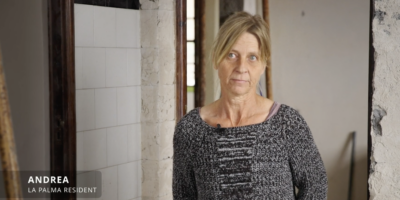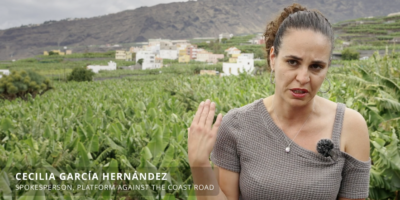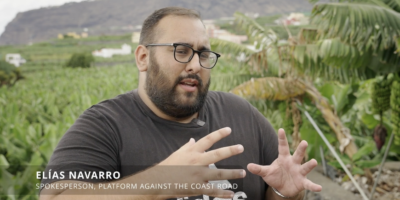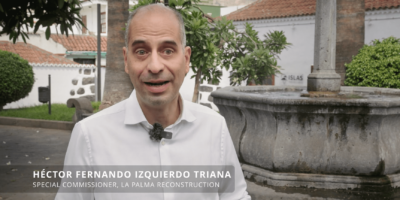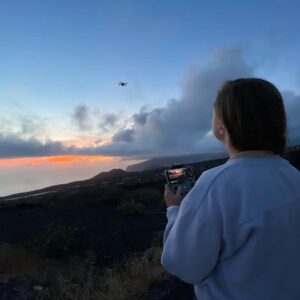La Palma Reconstruction – May 2025
New study on failures of 'Neoliberal' reconstruction model in La Palma - 'Lava Bombs' documentary shown at Mt. Etna Observatory - Debates over €100 million from Spain for 2024 and the 60% income tax reduction in La Palma - Difficulties in reconstructing the LP-2 and LP-211 roads - 34 houses planned ...






